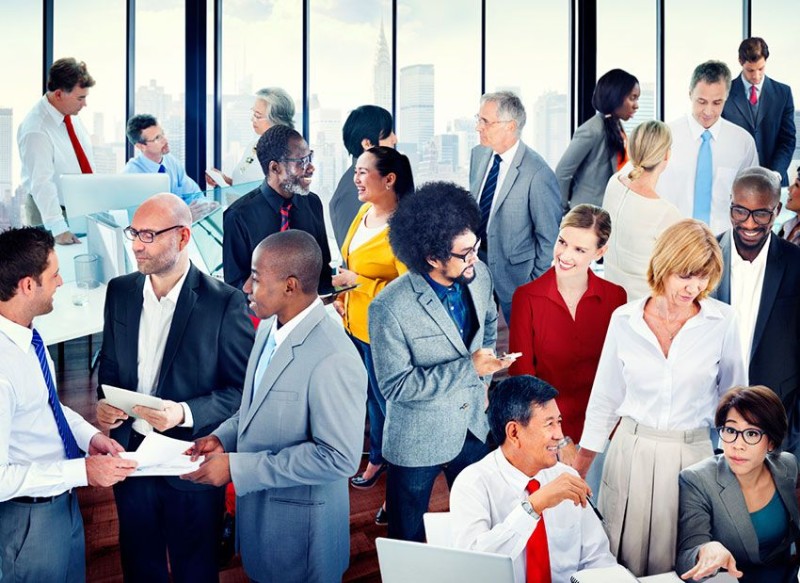The secret sauce to delivering great customer experiences is having employees who are passionate about their jobs and helping customers be successful. It’s the type of enthusiasm that differentiates companies like Zappos and Ritz-Carlton.
Building the type of culture that attracts both customers and employees to a company is easier said than done. It’s not as if a bank or an energy company can replicate the culture that’s been created by a Silicon Valley start-up. Declaring that your company has a customer-centric culture doesn’t mean it actually has one in place.
“Leaders need to walk the talk and model the kind of behaviors they want to see,” says Alex Jakobson, managing director, North America at TeleTech Consulting. “This starts with authentic listening and trying to connect with the people in your organization to help them move towards the desired future state.”
Understanding the different ways that corporate culture impacts customers, employees, and the bottom line can help executives recognize the gaps that need to be addressed and create the type of culture that everyone—customers and employees—wants to be associated with.
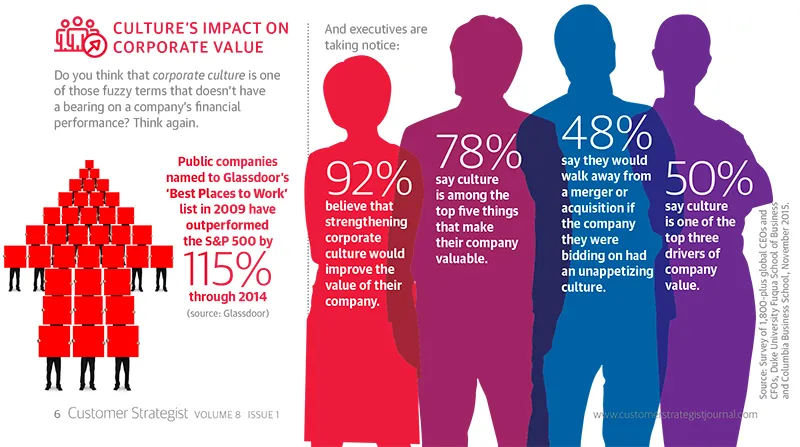
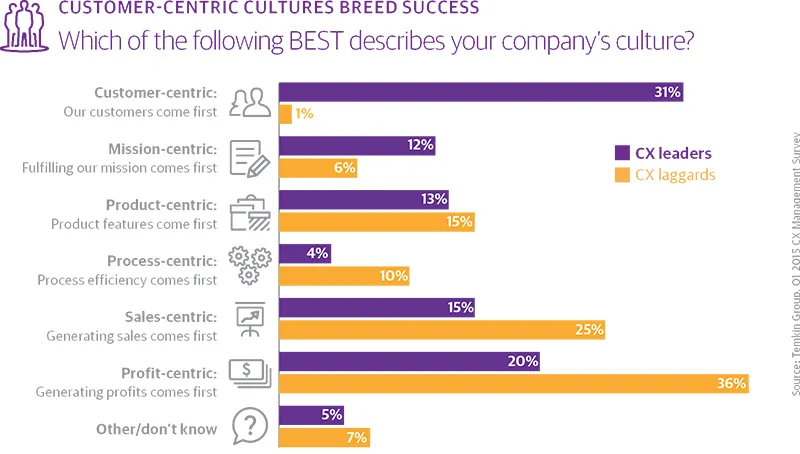

More Work Ahead to Strengthen Employee Engagement
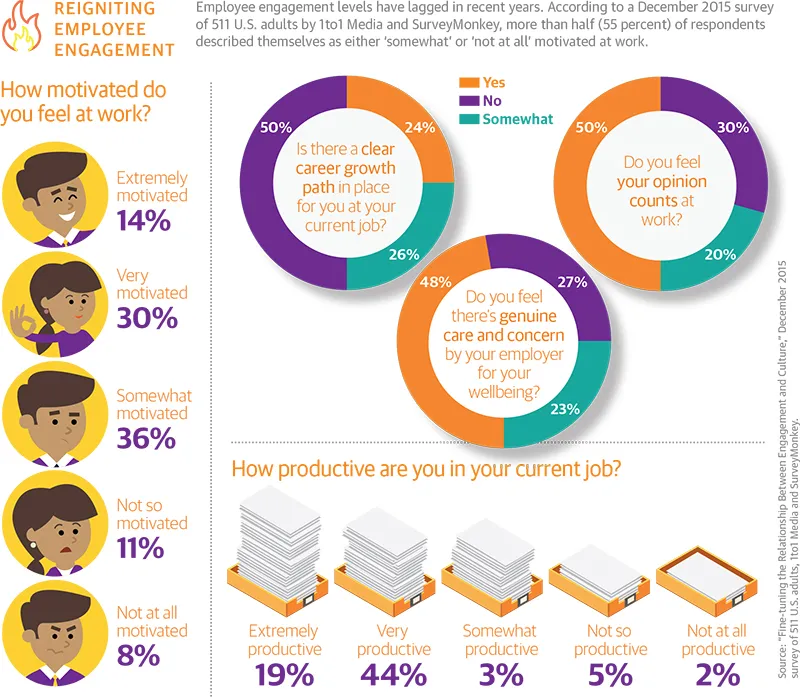
Organizational leaders need to pay attention to corporate culture because of the impact it can have on employee satisfaction and engagement. As unemployment rates continue to drop, companies with low levels of employee engagement risk losing their most valuable staffers.
One way to strengthen engagement is by involving employees in cultural design. “You can either tell everyone how the culture should be or employees can be asked to co-author it with the organization,” says Jakobson. While co-authoring culture takes more time, it can have a huge influence on employee engagement. “If you can develop a vision with a set of values and give the teams in the organization opportunities to develop and make it more relevant with them, it can have a more powerful impact on performance.”
Jakobson points to the collaborative results achieved by online fashion retailer Gilt. As company leaders at Gilt began changing its operating model, they realized that there were quite a few resisters to the company’s top-down approach. The company took steps to align cultural changes with the company’s goals at the divisional and individual level.
“If you just push down on culture, employees won’t really take ownership of it because it isn’t theirs,” says Jakobson. “Just like how you wouldn’t wash a rental car because it’s not yours.”
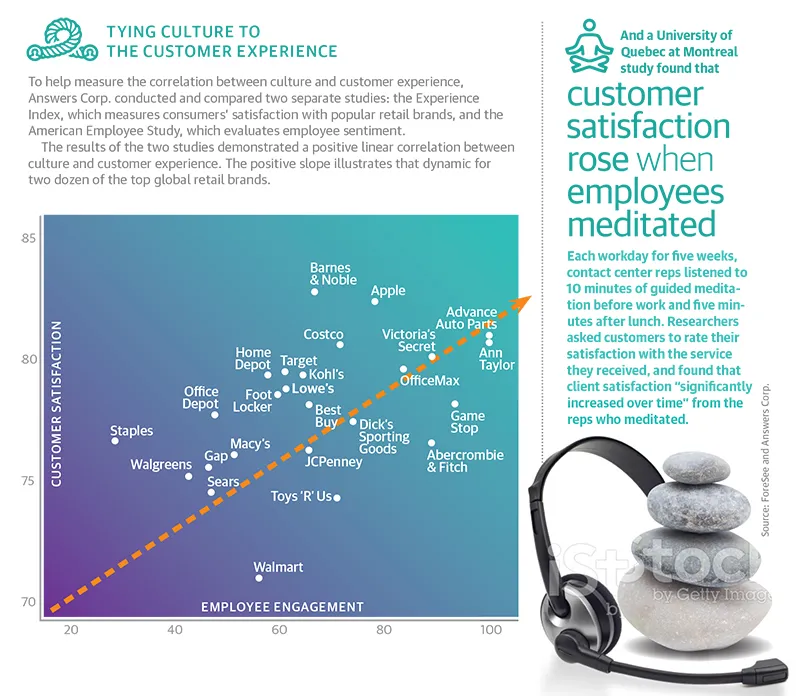
Creating a Connected Corporate Culture
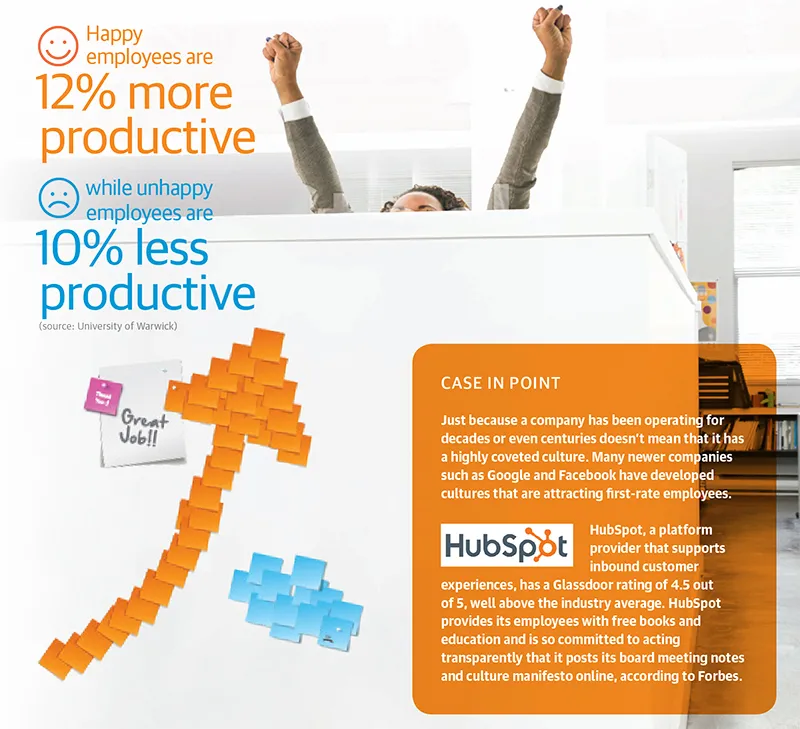
Does your company have a culture that celebrates victories and recognizes individual accomplishments? When asked to describe your company’s culture, what are some of the adjectives or phrases that employees use to identify it?
A major challenge for leaders of multinational companies is how to make people feel connected when they’re spread out between multiple geographies and local cultures.
In today’s fast-paced and highly distributed workplace, organizational leaders need to find new ways to engage employees and work teams and make them feel more connected to the company and its mission.
This begins with gaining a deeper understanding about what motivates people and what they are passionate about. Creating a set of corporate values that are pinned up across the office is virtuous. But unless there’s regular communication about how executives are living the values and employee involvement with corporate values, then they’re little more than placards.

